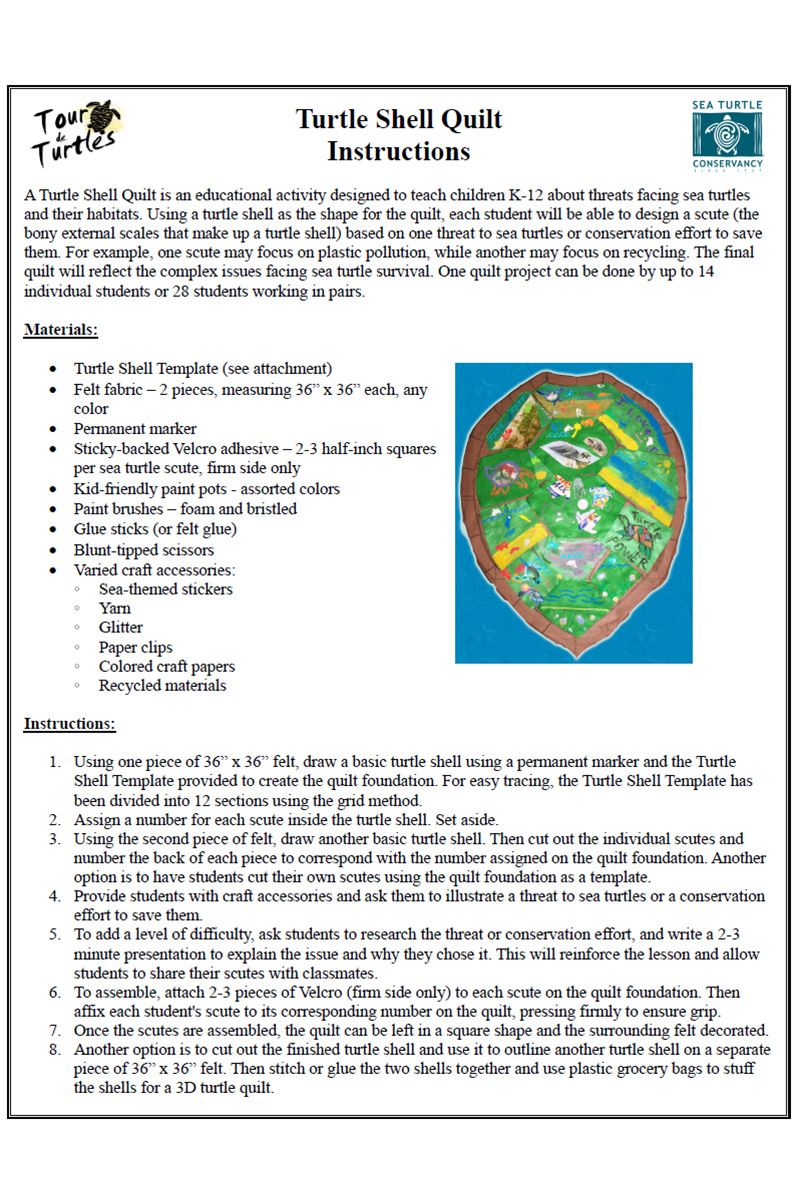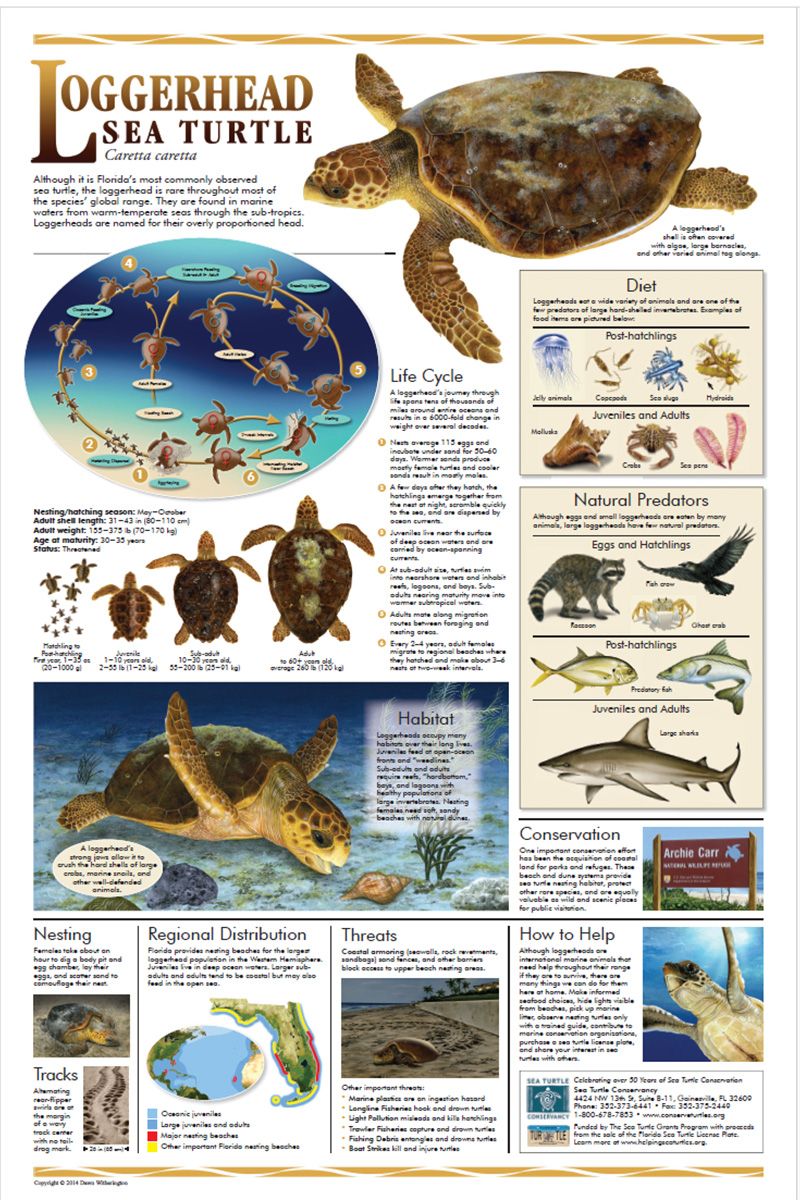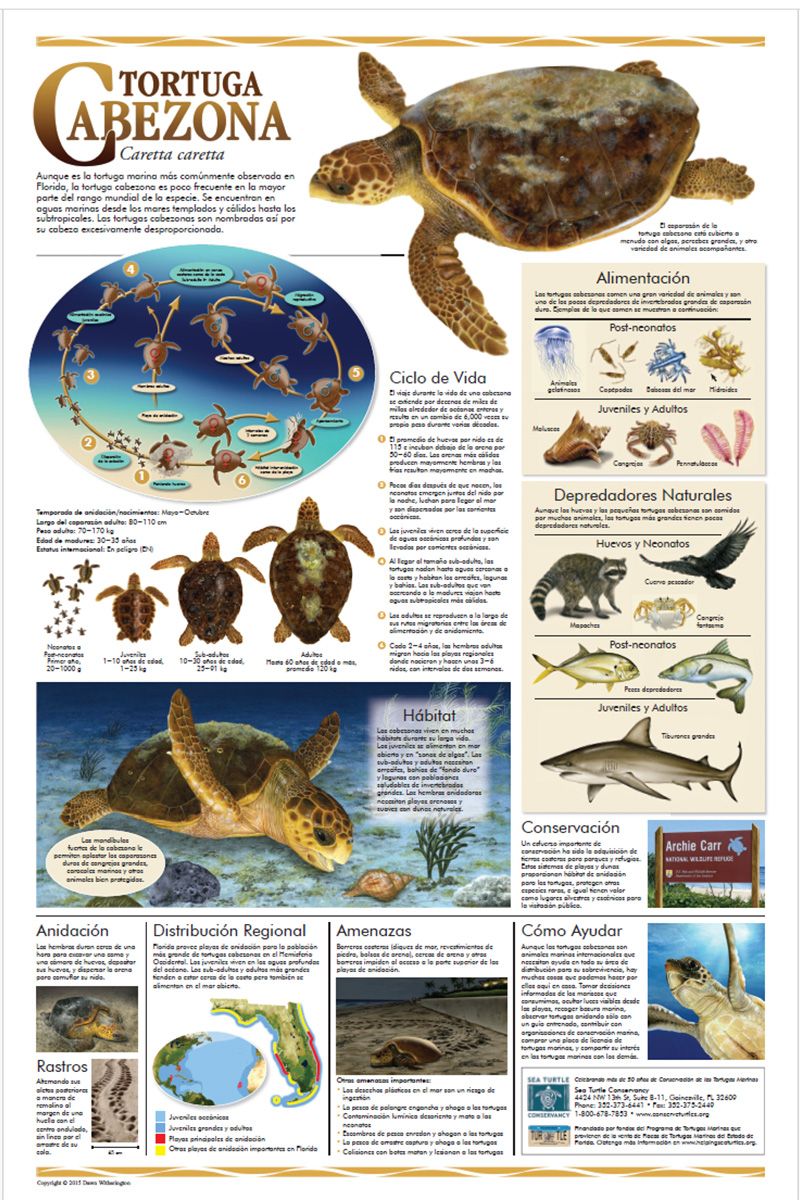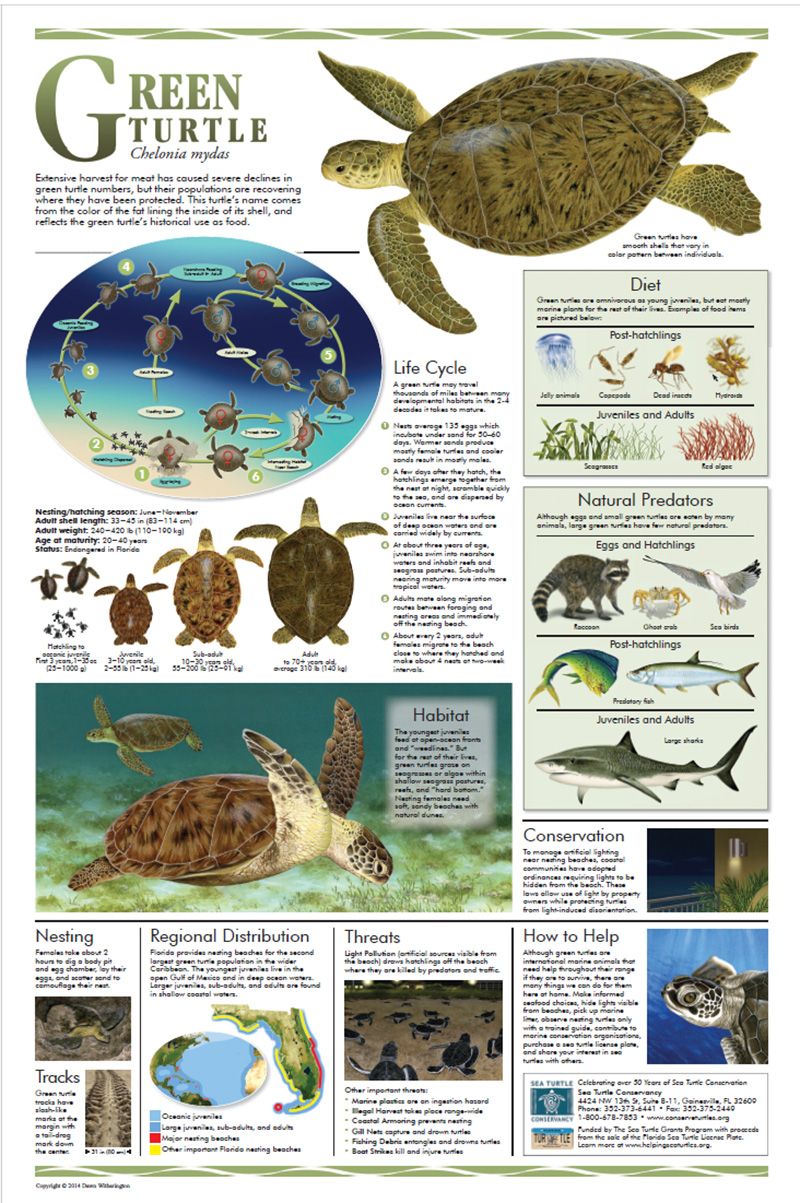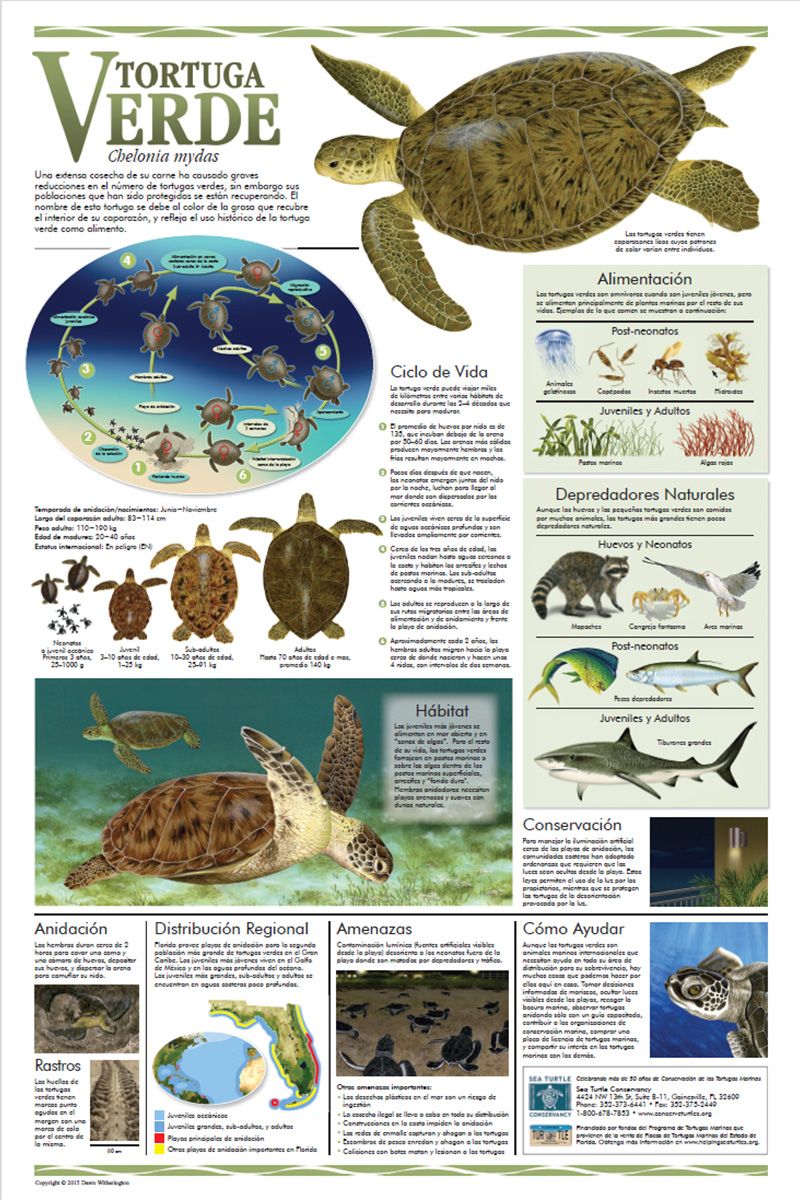STC’s Leatherback Tracking, Bocas del Toro region, Panama
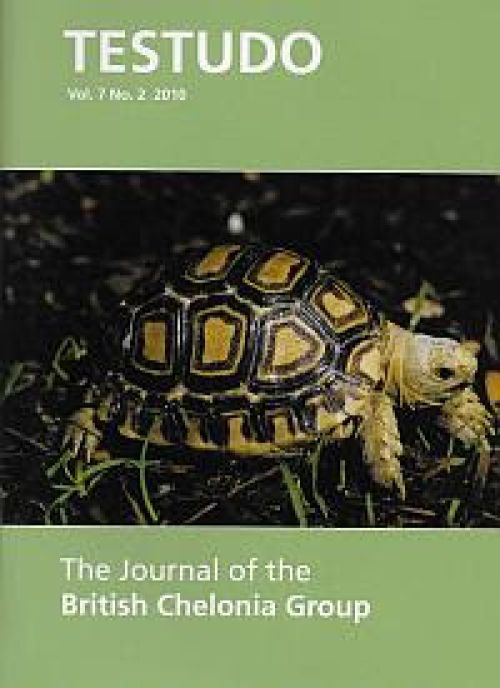
Publication
Sea Turtle Conservancy’s Caribbean Leatherback Tracking and Conservation Project, Bocas del Toro region, Panama
Publication Year: 2019
Author: Daniel R. Evans
Abstract: The Sea Turtle Conservancy (STC) has been conducting sea turtle research and conservation efforts at Tortuguero, located on the northern Caribbean coast of Costa Rica, since 1959, when the organization was founded to support
the pioneering work Dr Archie Carr began in the mid-1950s. STC’s work in Panama began in 2003, when STC started monitoring a hawksbill nesting beach on the Caribbean coast of Panama, just south of Bocas del Toro, called Chiriquí Beach. While STC’s work at Chiriquí began as an initiative to recover hawksbills, it was exciting to discover that this same beach hosts the fourth largest nesting colony of leatherbacks in the world, with between 1,000 and 7,000 nests being recorded each season. In 2013, STC began the monitoring and protection of another critical leatherback nesting beach, Soropta Beach, north of Boca del Toro, Panama. The Soropta Beach project complements STC’s leatherback work being done at Chiriquí Beach. In 2003, the STC began to study the migration patterns of endangered leatherback sea turtles (Dermochelys coriacea) nesting along the Caribbean coast of Costa Rica and Panama. During 2003 and 2004, the leatherback tracking project focussed on leatherbacks nesting at Tortuguero, Costa Rica. In 2005, STC’s leatherback satellite tracking efforts shifted from Tortuguero, Costa Rica to the Bocas del Toro region of Panama. The study has revealed important information about leatherback turtle migratory behavior that will help both conservationists and natural resource managers improve protection efforts for this endangered species.
